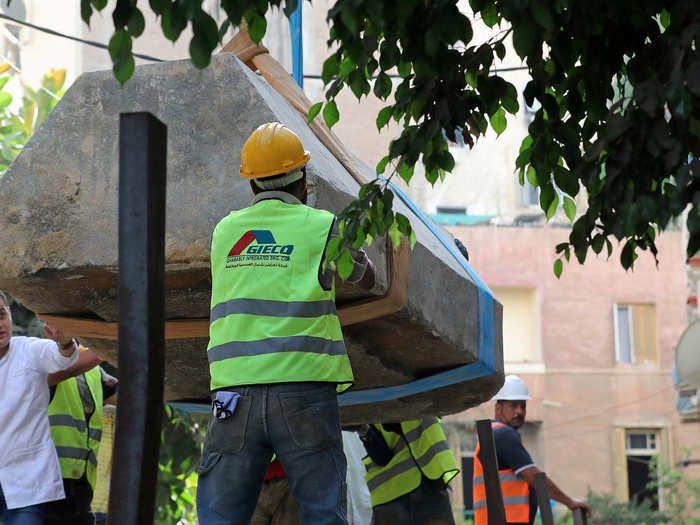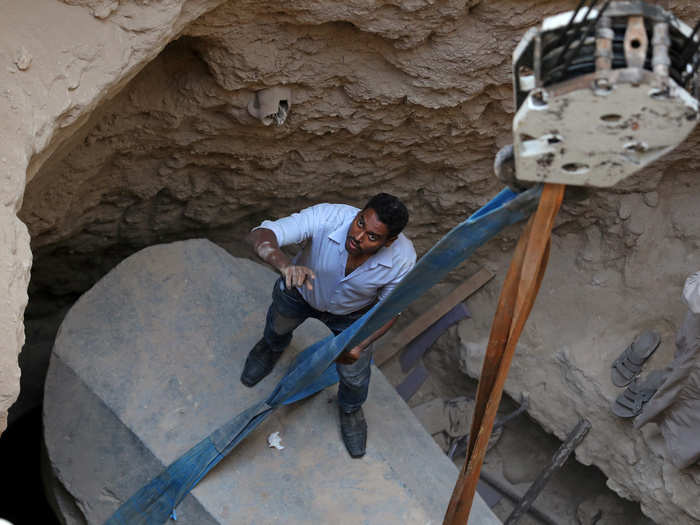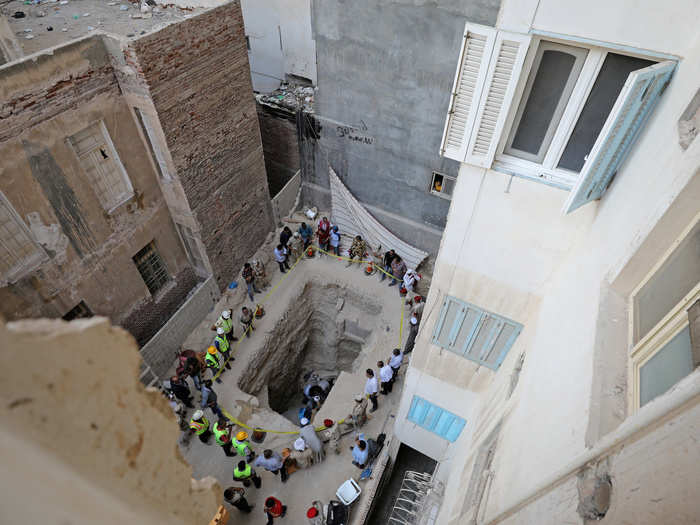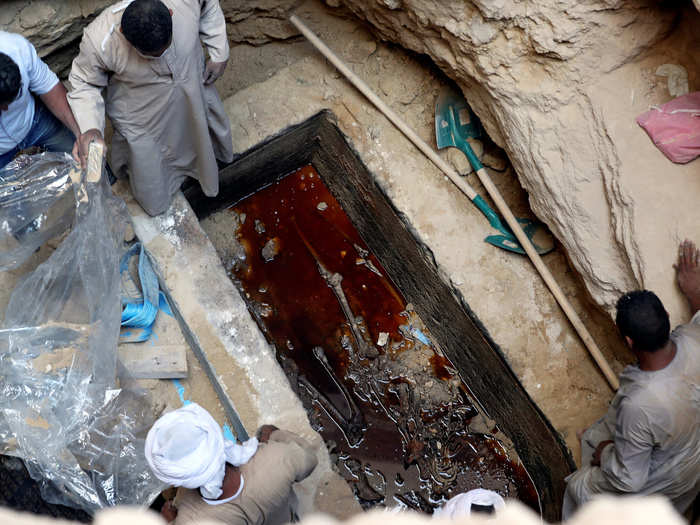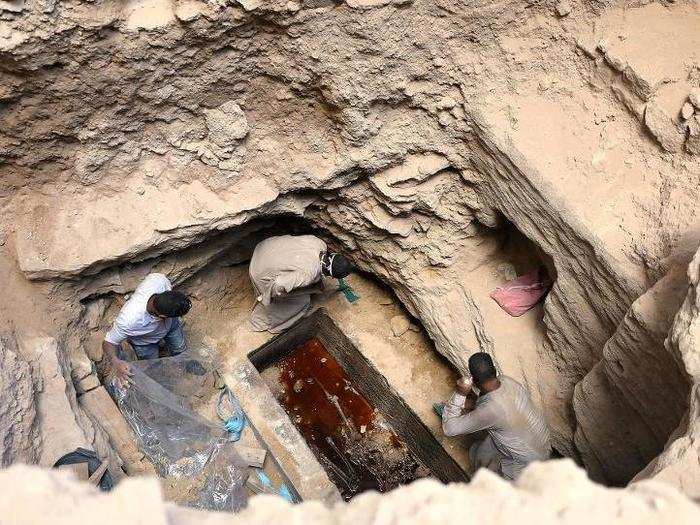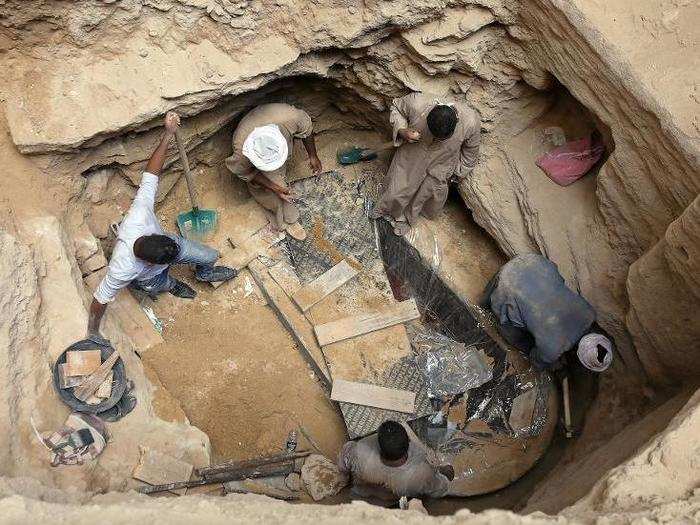Archaeologists opened an enigmatic black sarcophagus found in Egypt - see photos of the gruesome scene
The sarcophagus was found in Alexandria, a city in the northern part of Egypt. Alexandria was the capital of Ptolemaic Egypt between 305 to 30 B.C. after Alexander's army conquered the region and deposed the old pharaohs.
Popular Right Now
Popular Keywords
Advertisement

